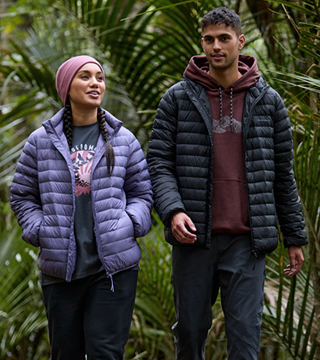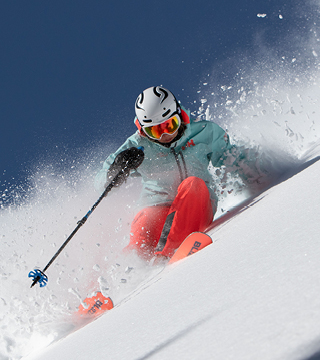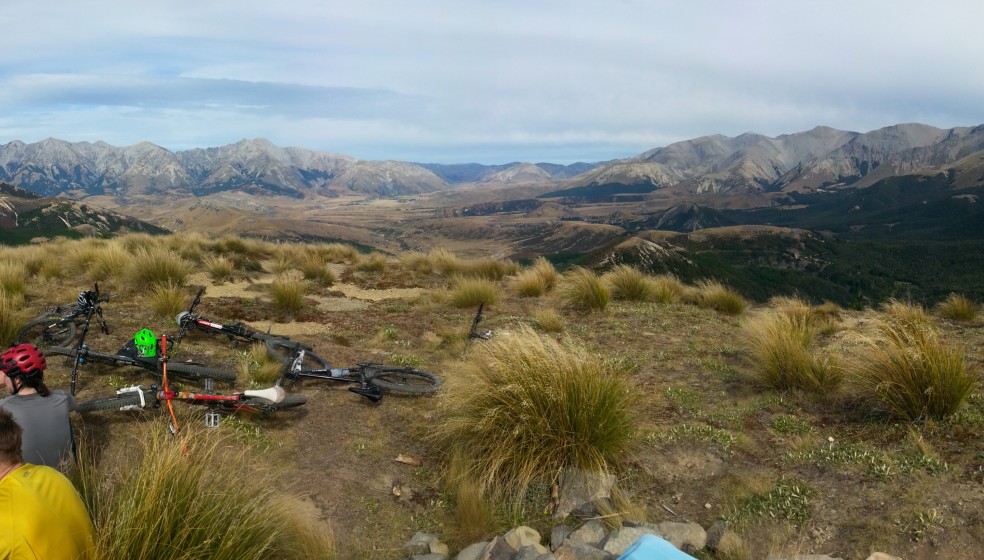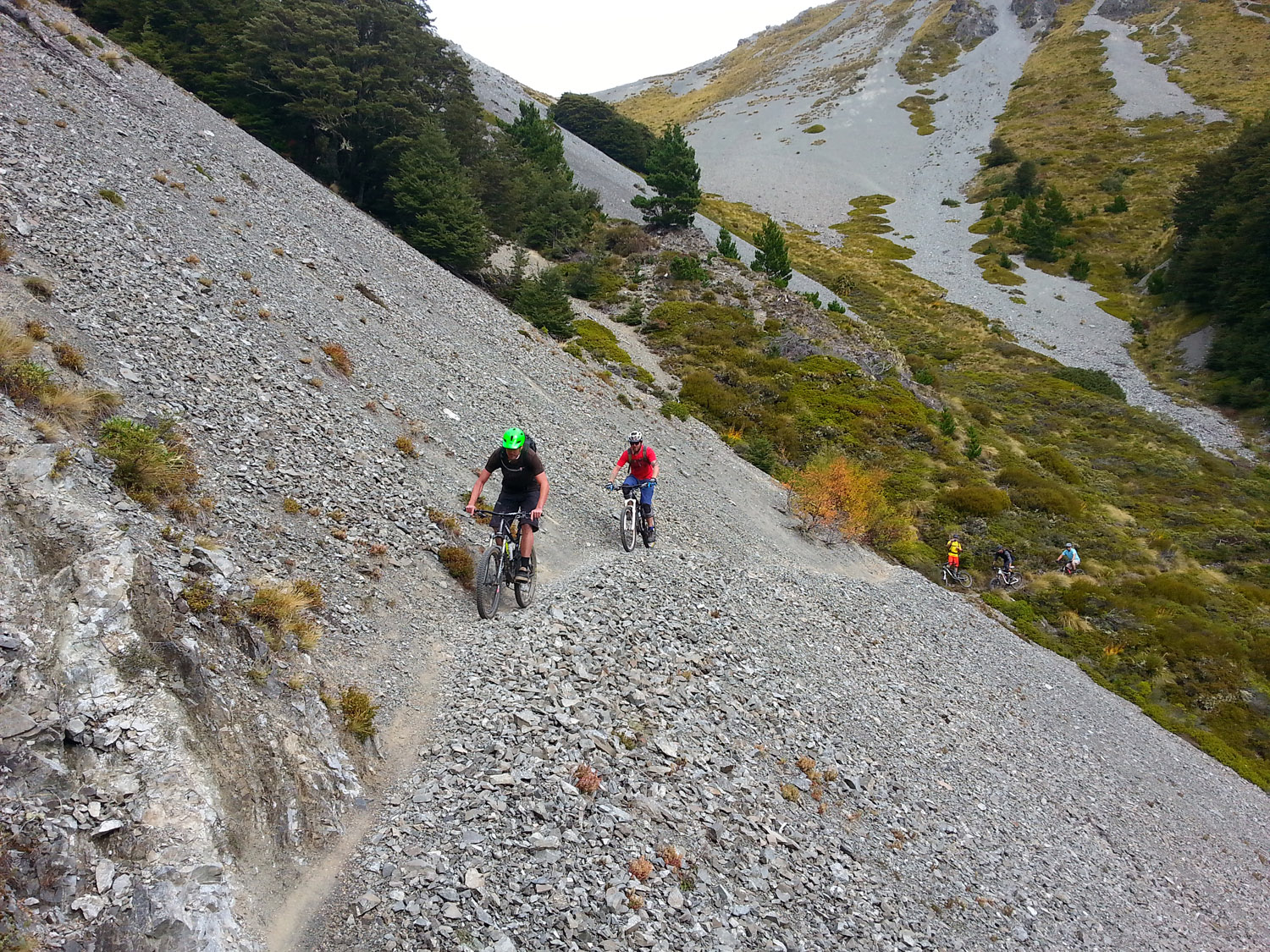The following is a minimum list of what to take on a crosscountry mountain bike ride when walking your MTB back to civilisation is going to be a poor option:
Water – a hydration pack is a great option for longer rides where you need more water than can be stored in bottles in cages on your bike. Also if the terrain is rough your water bottles may not stay in the cage, and get covered in dust too. A hydration pack is also a great place to stash bike tools, food and other bits.
Energy rich food – the longer the ride, the more fuel you should take.
Extra layer/s – a light windproof jacket should be the minimum extra you take on a longer ride (unless the outlook is reliably warm). Extra protection from the elements can be vital if the weather turns a long way out on a big ride, or in case of injury. If it is likely to get colder or windier, take more thin layers as appropriate. Replace the windproof layer with a waterproof layer if rain is possible.
Spare tube – even if you run tubeless tyres, a spare tube can be a lifesaver. If you have a flat, then popping in a new tube is also much faster and reliable than patching your punctured tube.
Pump – If you have a flat you will need a pump to get the wheel inflated again after repair. Make sure the pump is compatible with the type of valves on your tires.
Puncture repair kit – Even if you carry a spare tube, you may get two (or more) punctures in one ride…
Tyre levers – Some tyres are difficult to get off to fix the tube without tyre levers.
Multi-tool – in addition to screwdrivers, check that it has all the hex and torx bits your bike might need for tightening a loosened bolt or make on the fly adjustments and repairs.
Chain break tool and quick link – if you are unfortunate enough to break a chain then unless you have a chain break tool to remove the damaged links and a quick link to rejoin it, then you won’t be pedaling anywhere. Make sure your link is the correct type for your chain!
Mobile phone – if there’s coverage, this could be vital if one of your party has an accident.
Chain lube – If you’re likely to encounter multiple stream crossings, dusty trail conditions, or a chance of showers on your ride a small bottle of chain lube pack a small bottle of chain lube. Tip: use a rubber band to wrap a section of cloth from a rag or old shirt around the bottle – use it to clean grime off the chain before applying fresh chain lube, as well as to wipe off excess lube after application.
Zip ties – Zip ties come in handy in a number of ways. They can be used to wrangle errant cables, replace a broken or missing chainring bolt (just long enough to limp home), and keep your shoe tight if a buckle breaks.
Basic first aid kit – A small first aid kit in a waterproof package is a must. Bandages, gauze, disinfecting wipes, and tweezers are all items to include in your kit. Like the tools in this list, a first aid kit is only useful if you know how to use it – a basic understanding of first and CPR may come in handy.
Some cash/EFTPOS card – many rides pass a coffee shop or pub somewhere en route making this an indispensable item to have to avoid missing out!

























